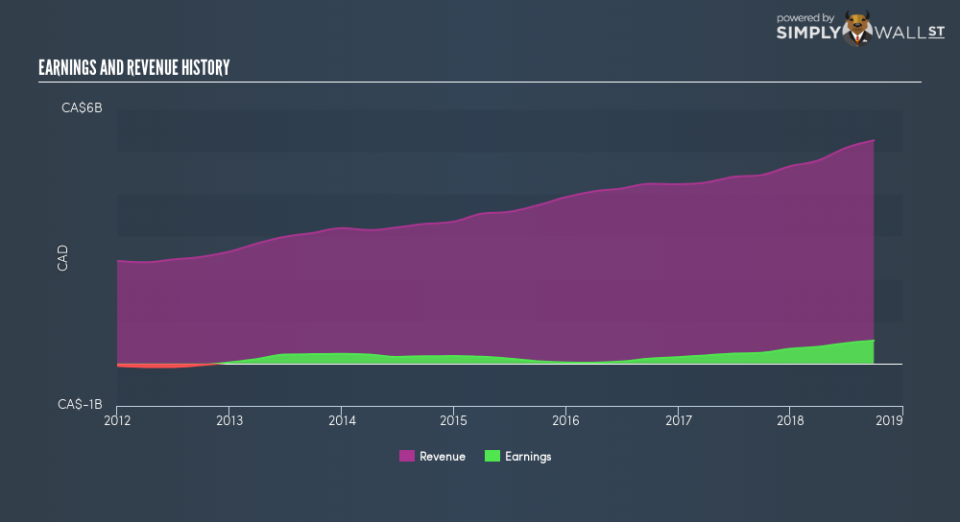What You Must Know About Canfor Corporation’s (TSE:CFP) Beta Value

Anyone researching Canfor Corporation (TSE:CFP) might want to consider the historical volatility of the share price. Volatility is considered to be a measure of risk in modern finance theory. Investors may think of volatility as falling into two main categories. First, we have company specific volatility, which is the price gyrations of an individual stock. Holding at least 8 stocks can reduce this kind of risk across a portfolio. The second sort is caused by the natural volatility of markets, overall. For example, certain macroeconomic events will impact (virtually) all stocks on the market.
Some stocks mimic the volatility of the market quite closely, while others demonstrate muted, exagerrated or uncorrelated price movements. Beta can be a useful tool to understand how much a stock is influenced by market risk (volatility). However, Warren Buffett said ‘volatility is far from synonymous with risk’ in his 2014 letter to investors. So, while useful, beta is not the only metric to consider. To use beta as an investor, you must first understand that the overall market has a beta of one. Any stock with a beta of greater than one is considered more volatile than the market, while those with a beta below one are either less volatile or poorly correlated with the market.
Check out our latest analysis for Canfor
What does CFP’s beta value mean to investors?
Given that it has a beta of 1.68, we can surmise that the Canfor share price has been fairly sensitive to market volatility (over the last 5 years). If this beta value holds true in the future, Canfor shares are likely to rise more than the market when the market is going up, but fall faster when the market is going down. Many would argue that beta is useful in position sizing, but fundamental metrics such as revenue and earnings are more important overall. You can see Canfor’s revenue and earnings in the image below.
Could CFP’s size cause it to be more volatile?
Canfor is a small cap stock with a market capitalisation of CA$2.3b. Most companies this size are actively traded. It is quite common to see a small-cap stock with a beta greater than one. In part, that’s because relatively few investors can influence the price of a smaller company, compared to a large company.
What this means for you:
Since Canfor tends to moves up when the market is going up, and down when it’s going down, potential investors may wish to reflect on the overall market, when considering the stock. This article aims to educate investors about beta values, but it’s well worth looking at important company-specific fundamentals such as Canfor’s financial health and performance track record. I urge you to continue your research by taking a look at the following:
Future Outlook: What are well-informed industry analysts predicting for CFP’s future growth? Take a look at our free research report of analyst consensus for CFP’s outlook.
Past Track Record: Has CFP been consistently performing well irrespective of the ups and downs in the market? Go into more detail in the past performance analysis and take a look at the free visual representations of CFP’s historicals for more clarity.
Other Interesting Stocks: It’s worth checking to see how CFP measures up against other companies on valuation. You could start with this free list of prospective options.
To help readers see past the short term volatility of the financial market, we aim to bring you a long-term focused research analysis purely driven by fundamental data. Note that our analysis does not factor in the latest price-sensitive company announcements.
The author is an independent contributor and at the time of publication had no position in the stocks mentioned. For errors that warrant correction please contact the editor at editorial-team@simplywallst.com.

